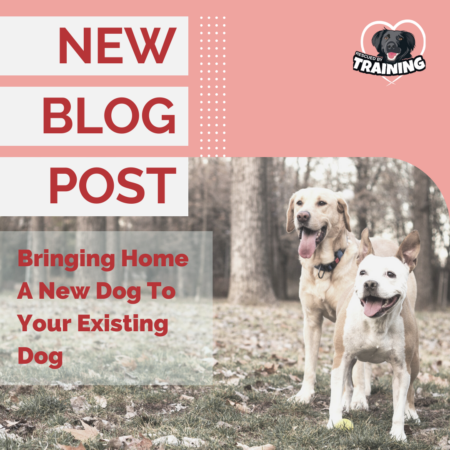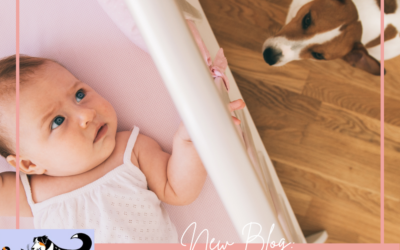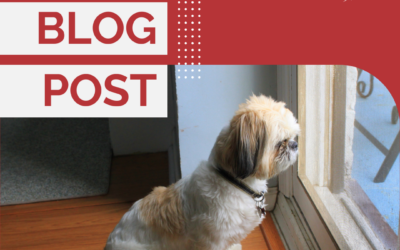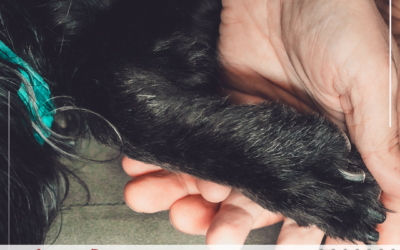Bringing home a new dog, whether a puppy or an adult, is exciting. But, if you have a resident dog already, you may be a little anxious about the best way to introduce them and how to make things go as smoothly as possible. It’s up to us to set both your new and existing dog up for success during the initial transition.
Here’s my top 9 Things To Do When Bringing A New Dog Home To An Existing Dog:
- Don’t rush integration. I know you’re excited about your new addition but make sure you take things slowly! Go at your dogs’ pace. Presumably your two dogs have done a meet and greet and that went “fine,” so it’s easy to think they’re just best buds. But even the most dog-friendly of dogs can be overwhelmed with moving to a new home with new people and new everything. And your resident dog might be overwhelmed with all the commotion this new dog is causing, the attention the new dog is getting, all while your existing dog is also trying to navigate sharing his people and stuff. Both dogs might appreciate some settle in time before being fully integrated
- Use physical barriers like crates, x-pens and baby gates to separate them. I also recommend leaving leashes on with them dragging so you’ve got them as a grab tab in the event you need it. And definitely do not leave them unsupervised at all, even if things look like they’re going swimmingly.
- Brush up on dog body language so you can quickly recognize and intervene if things get tense or escalate into uncomfortable territory. Happy talk, use food and split them up. If you can’t interrupt fast enough and it escalates into a fight, use the leashes to try to separate them, throw a blanket/towel over them, use a chair or other object to insert between them, wheelbarrow the dogs (lift them up by their rear legs) or if you’re outside, use a hose to spray water between them. Never reach in between the dogs or try to grab collars to break up a dog fight. This is how people often get bit when trying to break up a fight.
- Familiarize yourself with what normal dog play looks like. Often play can be loud and scary sounding. This video and this one are great examples to really learn about dog play and what is normal, even if it sounds a little scary.
- Use caution with guarded resources. Carefully monitor interactions around anything that could be a guarded resource (toys, chews, bones and food bowls – even empty ones). Some dogs will guard spaces, people and resting spots.
- Beware of “Grumble/Growl” zones. Tight spaces like hallways, doorways, tight passes round furniture or small rooms like bathrooms, where the dog may feel trapped or not have space to turn around to escape can also be areas of tension. Family Paws calls these areas “grumble/growl” zones because they are areas where a dog is likely to get growly.
- During feeding times, be sure to physically separate dogs. When it comes time to give out food and treats, feed the new dog first. This can help create a positive association that the new dog getting something predicts your existing dog is about to get something. When feeding treats, stretch your arms out as far as they go and feed each dog from that hand. Feeding them close together could elicit guarding.
- Ensure both dogs get lots of individual attention, including training time. This will help your new dog settle and give him one-on-one time with you to bond, but it will also help your existing dog not be neglected with all the attention being on your new friend. Try to disrupt your current dog’s routine as little as possible.
- Carefully manage dog-kid interactions. Kids will be especially excited about the new arrival but we need to be sure interactions with kids are carefully supervised and that kids know how to appropriately interact with dogs. Even if your existing dog is super tolerant of your child, that doesn’t mean the new dog will be. And remember, there’s lots of upheaval in both dogs’ lives right now, so that may put both dogs on edge a little more than normal. Age appropriate games and adult guided interactions will ensure your child and dog both have a safe, positive experience with each other.
Once your new dog is settled in, then you can begin to extend their supervised time together and the more you’ll learn about the dynamic between them. You’ll learn triggers or what they can safely do in the same space. But let this play out over time. Don’t rush it.
Let’s work together to help your dogs feel safe. You can schedule a session so we can review things one-on-one and come up with a plan for you and your dog.
Happy training!
![]()




